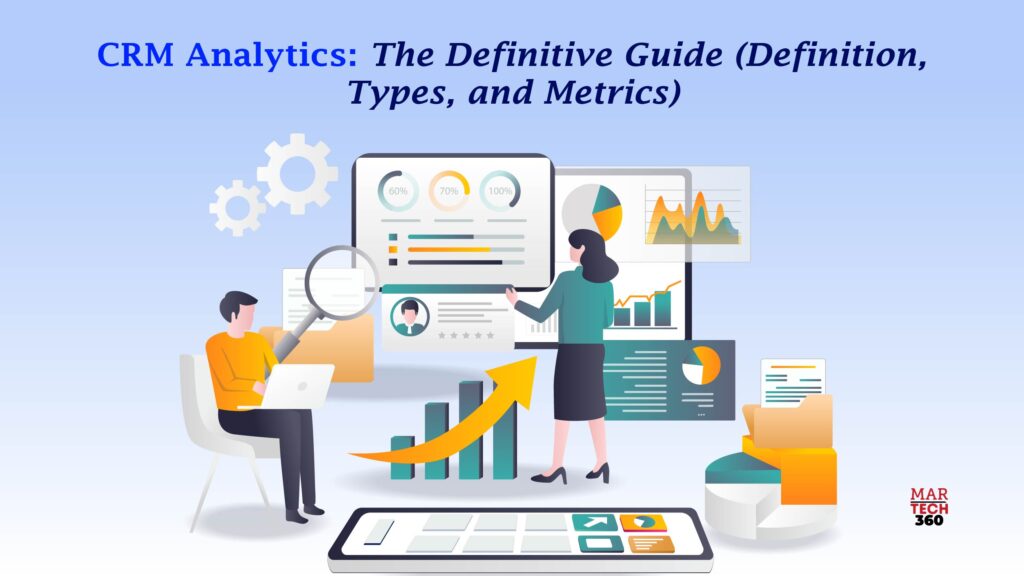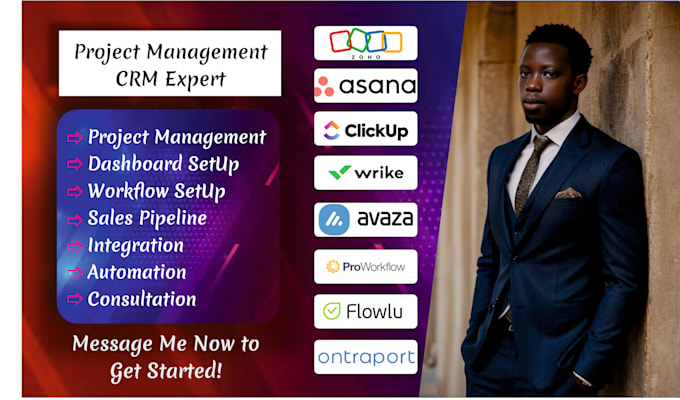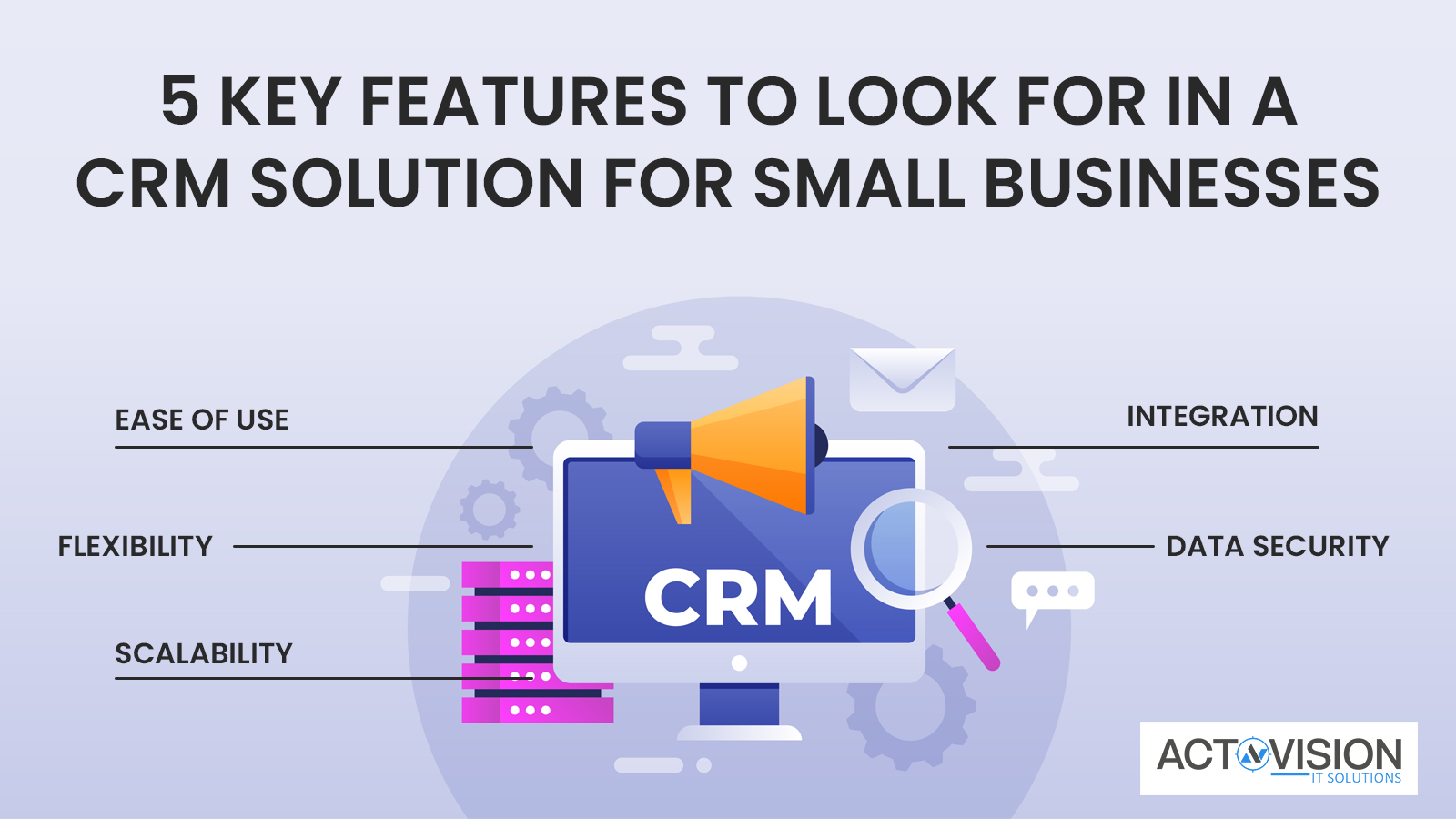
Decoding CRM Marketing Metrics: Your Guide to Measuring Success and Boosting ROI
In the dynamic world of marketing, where data reigns supreme, understanding and leveraging the right metrics is the key to unlocking unparalleled success. Customer Relationship Management (CRM) systems have become indispensable tools for businesses of all sizes, providing a centralized hub for managing customer interactions and streamlining marketing efforts. But simply having a CRM isn’t enough; you need to know how to measure its impact. This comprehensive guide dives deep into the realm of CRM marketing metrics, equipping you with the knowledge and strategies to track, analyze, and optimize your campaigns for maximum return on investment (ROI).
What are CRM Marketing Metrics and Why Do They Matter?
CRM marketing metrics are quantifiable measurements that track the performance of your marketing initiatives within your CRM system. They provide valuable insights into customer behavior, campaign effectiveness, sales performance, and overall business growth. By monitoring these metrics, you gain a clear understanding of what’s working, what’s not, and where you need to adjust your strategies.
Think of it like this: you wouldn’t embark on a road trip without a map and a speedometer, right? CRM marketing metrics serve as your map and speedometer, guiding you towards your destination (business success) and helping you stay on track. They allow you to:
- Make Data-Driven Decisions: Instead of relying on guesswork, you can base your marketing decisions on concrete data, leading to more effective campaigns.
- Optimize Marketing Spend: Identify which marketing channels and campaigns are generating the best results, allowing you to allocate your budget more efficiently.
- Improve Customer Experience: Gain a deeper understanding of your customers’ needs and preferences, enabling you to personalize their experience and build stronger relationships.
- Increase Sales and Revenue: Track the performance of your sales team and identify opportunities to improve their effectiveness, ultimately driving revenue growth.
- Measure ROI: Determine the profitability of your marketing investments and demonstrate the value of your CRM system.
Key CRM Marketing Metrics to Track
The world of CRM metrics can seem overwhelming at first, but breaking them down into key categories can make the process more manageable. Here’s a look at some of the most important metrics to track:
1. Customer Acquisition Metrics
These metrics focus on the effectiveness of your efforts to attract new customers.
- Cost Per Acquisition (CPA): This metric calculates the average cost of acquiring a new customer. It’s calculated by dividing the total marketing spend by the number of new customers acquired. A lower CPA indicates a more efficient acquisition strategy.
- Customer Acquisition Cost (CAC): Similar to CPA, CAC provides a broader view of the cost of acquiring a customer, including all expenses related to sales and marketing. It’s calculated by dividing the total cost of sales and marketing by the number of new customers acquired over a specific period.
- Conversion Rate: This measures the percentage of leads that convert into customers. It’s calculated by dividing the number of conversions by the total number of leads. A high conversion rate signifies that your marketing efforts are effective at attracting and converting potential customers.
- Lead Generation Rate: This tracks the number of leads generated through your marketing campaigns. It helps you assess the effectiveness of your lead generation strategies.
2. Customer Engagement Metrics
These metrics gauge how engaged your customers are with your brand and marketing content.
- Website Traffic: Track the number of visitors to your website, the pages they view, and the time they spend on your site. This provides insights into the effectiveness of your content and SEO efforts.
- Click-Through Rate (CTR): This measures the percentage of users who click on a link in your email campaigns or online advertisements. A higher CTR indicates that your content is compelling and relevant to your audience.
- Email Open Rate: This measures the percentage of recipients who open your email campaigns. It provides insights into the effectiveness of your subject lines and email content.
- Social Media Engagement: Track metrics like likes, shares, comments, and followers on your social media platforms. These metrics indicate how well your content resonates with your audience.
- Customer Retention Rate: This measures the percentage of customers who continue to do business with your company over a specific period. It’s a crucial metric for understanding customer loyalty and the effectiveness of your customer service.
3. Sales Performance Metrics
These metrics provide insights into the performance of your sales team and the effectiveness of your sales process.
- Sales Conversion Rate: This measures the percentage of leads that convert into sales. It’s calculated by dividing the number of closed deals by the total number of leads in the sales pipeline.
- Average Deal Size: This measures the average value of a closed deal. It helps you understand the profitability of your sales efforts.
- Sales Cycle Length: This measures the average time it takes to close a deal. A shorter sales cycle can indicate a more efficient sales process.
- Revenue Per Salesperson: This measures the revenue generated by each salesperson. It’s a key metric for evaluating the performance of your sales team.
- Customer Lifetime Value (CLTV): This is a projection of the total revenue a customer is expected to generate over their relationship with your business. Understanding CLTV helps you prioritize your customer retention efforts.
4. Customer Service Metrics
These metrics assess the quality of your customer service and support.
- Customer Satisfaction Score (CSAT): This measures customer satisfaction with your products, services, or customer service interactions. It’s typically measured through surveys.
- Net Promoter Score (NPS): This measures the likelihood of your customers recommending your company to others. It’s a powerful indicator of customer loyalty and brand advocacy.
- Customer Effort Score (CES): This measures the effort customers have to exert to get their issue resolved. A lower CES indicates a better customer experience.
- First Contact Resolution Rate: This measures the percentage of customer issues resolved on the first contact. A high rate indicates efficient customer service.
- Average Resolution Time: This measures the average time it takes to resolve a customer issue. A shorter resolution time indicates efficient customer service.
How to Track and Analyze CRM Marketing Metrics
Tracking and analyzing CRM marketing metrics is an ongoing process that requires a systematic approach. Here’s a step-by-step guide:
1. Define Your Goals and Objectives
Before you start tracking any metrics, you need to clearly define your marketing goals and objectives. What are you trying to achieve? Are you aiming to increase leads, boost sales, improve customer retention, or enhance brand awareness? Your goals will determine which metrics you need to track.
2. Choose the Right Metrics
Based on your goals, select the most relevant metrics to track. Don’t try to track everything at once. Start with a few key metrics and gradually expand your tracking as needed. Consider the following when choosing metrics:
- Relevance: Ensure the metrics are directly related to your goals.
- Actionability: Choose metrics that you can take action on.
- Feasibility: Make sure you can easily collect and analyze the data.
3. Implement Tracking Tools
Your CRM system is the central hub for tracking many of these metrics. However, you may need to integrate other tools, such as:
- Website Analytics Tools: Google Analytics is a popular choice for tracking website traffic, user behavior, and conversion rates.
- Email Marketing Platforms: Platforms like Mailchimp or Constant Contact provide detailed reports on email open rates, click-through rates, and conversion rates.
- Social Media Analytics Tools: Tools like Hootsuite or Sprout Social provide insights into your social media engagement and performance.
4. Establish a Reporting Schedule
Create a regular reporting schedule to track your progress. This could be weekly, monthly, or quarterly, depending on your goals and the frequency of your marketing activities. Consistency is key to identifying trends and making informed decisions.
5. Analyze the Data
Once you’ve collected the data, it’s time to analyze it. Look for trends, patterns, and anomalies. Compare your results to your goals and benchmarks. Identify areas where you’re succeeding and areas where you need to improve.
6. Make Data-Driven Decisions
Use your analysis to make informed decisions about your marketing strategies. Adjust your campaigns, optimize your budget allocation, and refine your customer targeting based on the insights you gain from your metrics.
7. Continuously Optimize
CRM marketing is not a set-it-and-forget-it process. Continuously monitor your metrics, analyze your results, and make adjustments to your strategies as needed. This iterative process of testing, learning, and optimizing is the key to long-term success.
Best Practices for Using CRM Marketing Metrics
To maximize the effectiveness of your CRM marketing metrics, consider these best practices:
- Focus on the Right Metrics: Don’t get bogged down in vanity metrics that don’t contribute to your business goals. Prioritize the metrics that matter most.
- Set Realistic Benchmarks: Establish realistic benchmarks based on your industry, business size, and goals.
- Segment Your Data: Segment your data by customer demographics, behavior, and other relevant factors to gain a deeper understanding of your audience.
- Visualize Your Data: Use charts, graphs, and dashboards to visualize your data and make it easier to understand and share with your team.
- Automate Your Reporting: Automate your reporting process to save time and ensure consistency.
- Train Your Team: Ensure that your team understands the importance of CRM marketing metrics and how to use them to make data-driven decisions.
- Regularly Review and Refine: Regularly review your metrics and your reporting process to ensure they are still relevant and effective.
- Integrate Data Across Platforms: Connect your CRM with other marketing tools and platforms (e.g., email marketing, social media) to get a holistic view of your customer journey.
- Use A/B Testing: Experiment with different marketing messages, offers, and calls to action, and use metrics to measure the results.
- Don’t Be Afraid to Experiment: The marketing landscape is always changing. Be open to trying new strategies and approaches.
Tools and Technologies for Tracking CRM Marketing Metrics
Several tools and technologies can help you track and analyze your CRM marketing metrics. Here are some of the most popular:
- CRM Systems: The foundation of your tracking efforts. Popular choices include Salesforce, HubSpot, Zoho CRM, Microsoft Dynamics 365, and Pipedrive.
- Website Analytics: Google Analytics is the industry standard for tracking website traffic, user behavior, and conversions.
- Email Marketing Platforms: Mailchimp, Constant Contact, and Sendinblue offer detailed reporting on email campaigns.
- Social Media Analytics Tools: Hootsuite, Sprout Social, and Buffer provide insights into your social media performance.
- Data Visualization Tools: Tableau, Power BI, and Google Data Studio can help you create compelling dashboards and reports.
- Marketing Automation Platforms: Platforms like Marketo and Pardot provide advanced analytics and reporting features.
- Lead Scoring Tools: Tools that help you prioritize leads based on their engagement and behavior.
The Benefits of Effectively Utilizing CRM Marketing Metrics
The advantages of effectively utilizing CRM marketing metrics are numerous and far-reaching. They can significantly impact your business in the following ways:
- Improved ROI: By tracking your marketing efforts, you can identify which campaigns are performing well and which ones are not. This allows you to allocate your budget more effectively, leading to a higher ROI.
- Increased Sales and Revenue: By understanding your customers’ needs and preferences, you can personalize your marketing messages and improve your sales conversion rates. This can lead to a significant increase in sales and revenue.
- Enhanced Customer Experience: By analyzing customer engagement metrics, you can gain a deeper understanding of your customers’ behavior and preferences. This allows you to tailor your marketing messages and improve their overall experience, leading to increased customer loyalty.
- Better Decision-Making: Data-driven insights enable you to make more informed decisions about your marketing strategies, resource allocation, and product development.
- Competitive Advantage: Businesses that effectively utilize CRM marketing metrics can gain a significant competitive advantage by understanding their customers better, optimizing their marketing efforts, and improving their ROI.
- Improved Efficiency: By automating your reporting and analysis processes, you can save time and improve the efficiency of your marketing team.
- Increased Customer Lifetime Value (CLTV): By focusing on customer retention and building strong customer relationships, you can increase the CLTV, making your business more profitable in the long run.
Challenges in Implementing CRM Marketing Metrics
While the benefits of using CRM marketing metrics are clear, there can be challenges in implementing them effectively. Some of the common challenges include:
- Data Accuracy: The accuracy of your data is crucial. Inaccurate data can lead to flawed insights and poor decision-making. Ensure your data is clean, consistent, and up-to-date.
- Data Integration: Integrating data from multiple sources can be complex. Ensure your CRM system and other marketing tools are properly integrated to provide a holistic view of your data.
- Data Overload: Tracking too many metrics can be overwhelming. Focus on the key metrics that are most relevant to your goals.
- Lack of Expertise: You may lack the internal expertise to analyze your data and make informed decisions. Consider investing in training or hiring a marketing analyst.
- Resistance to Change: Some team members may be resistant to changing their processes or adopting new tools. Communicate the benefits of using CRM marketing metrics and provide adequate training and support.
- Lack of Time and Resources: Implementing and maintaining a robust CRM marketing metrics program requires time and resources. Allocate sufficient resources to ensure its success.
- Choosing the Right CRM and Tools: Selecting the right CRM system and other marketing tools can be challenging. Research your options carefully and choose tools that meet your specific needs.
Conclusion: Embracing the Power of Data
In the ever-evolving world of marketing, data is the new currency. CRM marketing metrics empower you to understand your customers, optimize your campaigns, and drive sustainable business growth. By embracing the power of data, you can make more informed decisions, improve your ROI, and gain a competitive edge.
The journey to mastering CRM marketing metrics requires a commitment to tracking, analyzing, and optimizing your efforts. By following the best practices outlined in this guide, you can transform your marketing from a guessing game into a data-driven powerhouse.
So, take the first step. Define your goals, choose the right metrics, implement the necessary tools, and start tracking your progress. The insights you gain will be invaluable, leading you to greater success and a more customer-centric approach to marketing. The future of marketing is data-driven, and with CRM marketing metrics, you’re well-equipped to navigate it with confidence.


